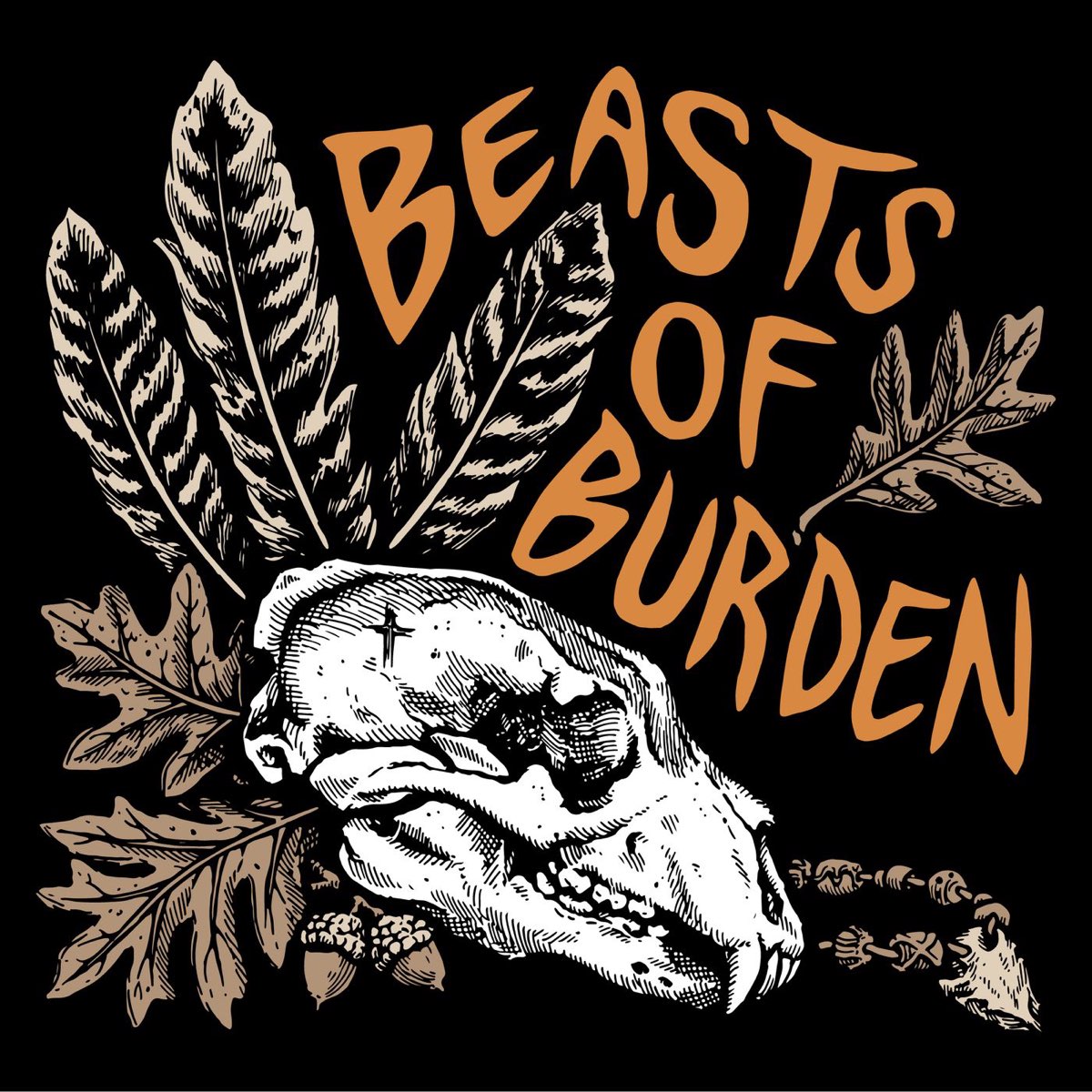Big New for me guys -
@bowhunter1023 (please delete if this isn't allowed)
I launched a seed company that focuses on soil health, deer health, garden health, etc.
First release:
We are honored and humbled to officially launch, Vitalize Seed Co. After years of taking calls, emails, texts, etc…it was clear that accessibility on the “how-to” portion of soil building was missing.
We’ve identified that access to high-quality diverse seed mixes, pre-formulated with specific Carbon to Nitrogen ratios, with an easy-to-understand “One-Two System”, was what many consumers wanted and needed to achieve success.
We have set out to offer the highest quality seed mixes that utilize subsequent plantings, maximizing nutrient cycling. An example of this is that our Spring mix will feed the soil, so the fall mix can take full advantage of the natural biological nutrient cycling, reducing our grower’s reliance on synthetic inputs/expensive fertilizer.
There are a lot of great companies in the outdoor industry. Here at Vitalize Seed we look forward to serving food plotters, gardeners, hobby farmers, and full-scale agriculture, and thank you for the opportunity to do so.
Please check out our website for our ECOMM section and our list of distributors.
https://vitalizeseed.com
This is just the beginning!
Sincerely thank you for the opportunity to earn your business.
Albert Tomechko - President and Founder
Jared Van Hees – Vice President and CO-Founder





